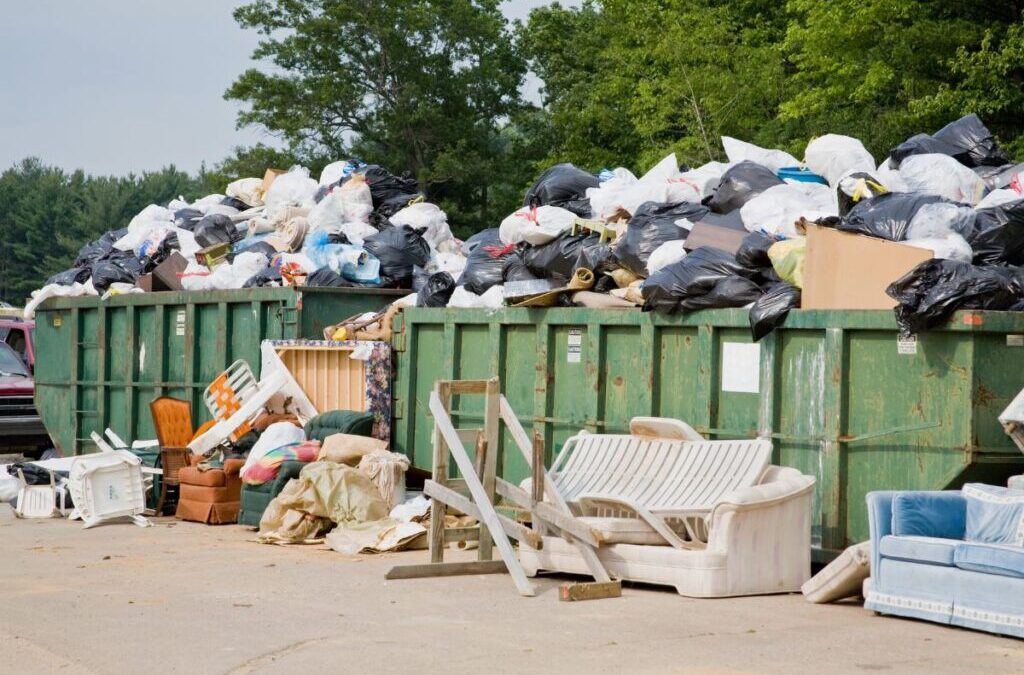Inside: Learn what landfillcore is and how you can prevent adding more items to the trash.
Have you ever looked around your home and wondered how so many things ended up collecting dust, or worse, headed straight for the trash soon after being bought?
That’s the heart of a growing conversation around “landfillcore.”
And while it might sound like a trending social media term, it’s really about something much deeper: the environmental cost and emotional toll of the things we bring into our homes.
In this post, we’ll explore what landfillcore is and highlight some common types of items that tend to end up in landfills quickly. And we’ll take a look at simple, mindful swaps so you can live more intentionally and reduce waste without sacrificing function or joy.
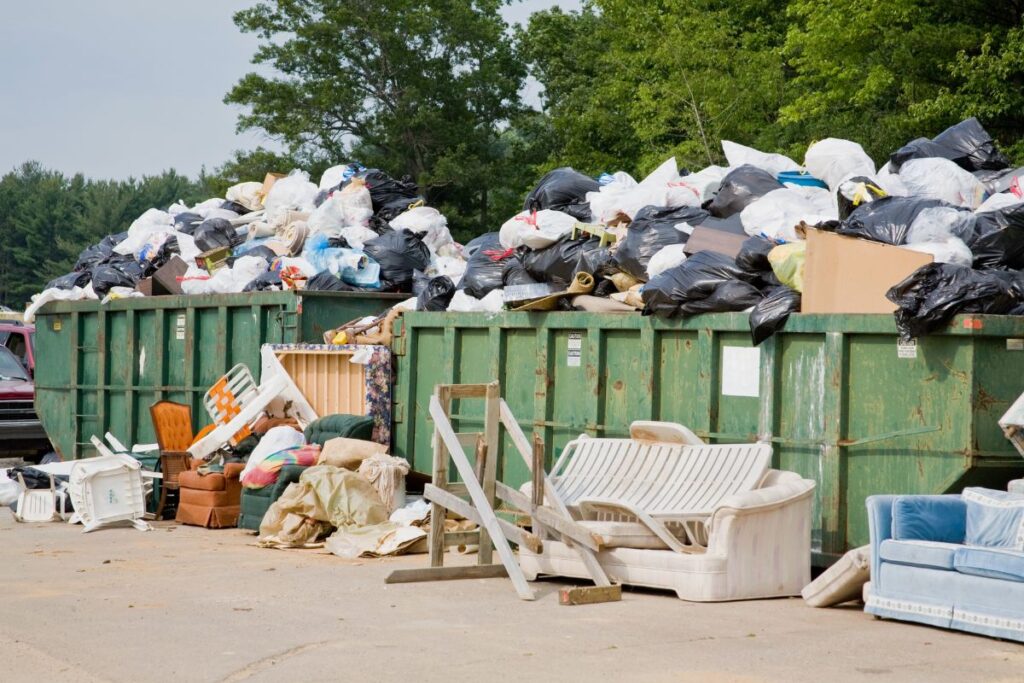
What is “Landfillcore”?
Landfillcore is a term that describes a style, or rather, a consequence of overconsumption, especially of cheap, low-quality goods that are mass-produced and trend-driven.
These are the kinds of items that aren’t made to last. They look cute in a haul or on a shelf for a week, but they break, lose their appeal, or become obsolete fast. And off to the landfill they go.
It’s not just about aesthetics. It’s a reminder that fast consumerism has a cost.
Not only are we cluttering our homes and adding to our stress levels, but we’re filling up landfills with things that often don’t decompose or break down for decades.
But here’s the good news: with a little more awareness and intention, we can break this cycle. Let’s look at 8 common landfillcore items and how you can avoid them.
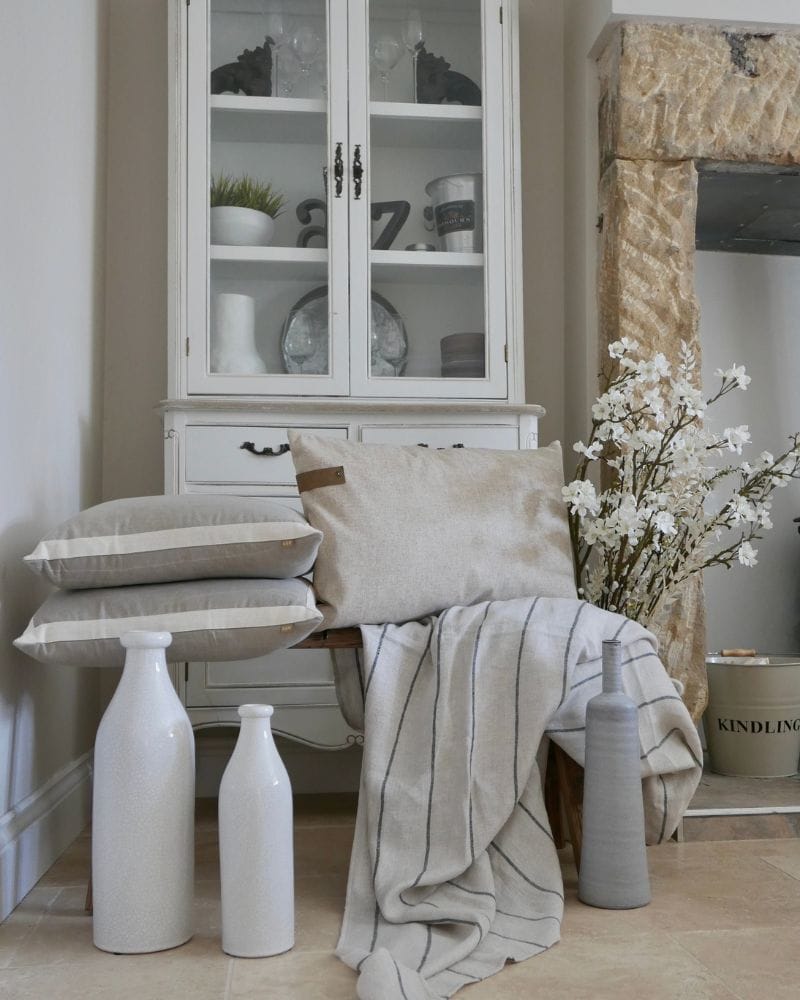
Landfillcore: 8 Common Items That Quickly End up in the Trash
Here are 8 common landfillcore items to avoid with better alternatives to consider instead.
1. Trendy Seasonal Décor
If you’ve ever walked into a dollar store or big-box retailer in October, you’ve seen bins full of sparkly pumpkins, foam ghosts, or glitter-covered reindeer.
They’re cute, yes—but often made of plastic, glued-together pieces that fall apart by next season.
Better alternative: Choose timeless, reusable décor made of natural materials like wood, fabric, or metal. Thrifted vintage pieces, DIY crafts, or a simple seasonal wreath can add charm without becoming waste.
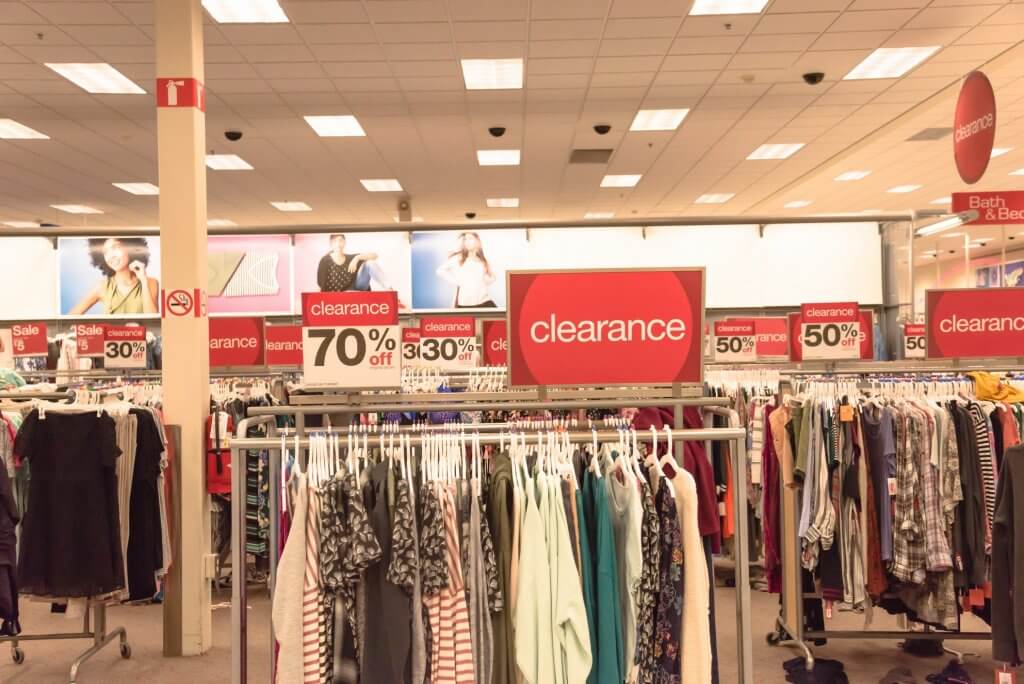
2. Fast Fashion Pieces
Those $5 tank tops or novelty holiday shirts may be tempting, especially during sales.
But many fast fashion items are poorly made, go out of style quickly, or lose shape after a few washes. And they’re some of the top contributors to textile waste in landfills.
Better alternative: Focus on maintaing a wardrobe with high-quality pieces that work interchangeably with one another.
When adding additional items, shop secondhand, support ethical brands, or learn to mend what you already have.
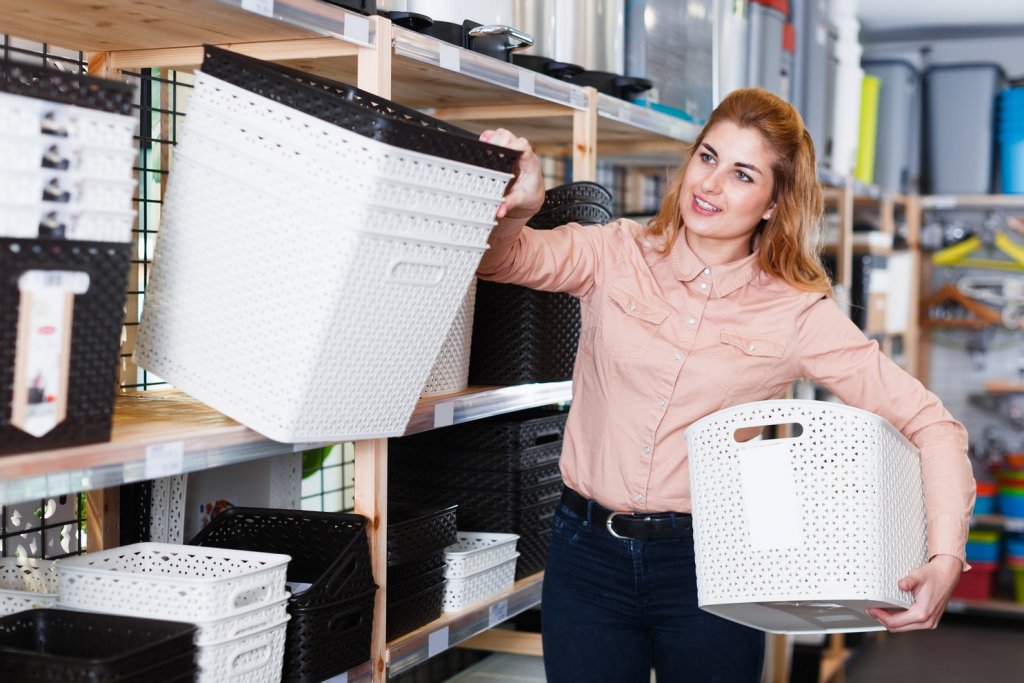
3. Plastic Organizers and Storage Bins
Organizing can feel productive, but plastic bins, especially cheap ones, often crack, warp, or break easily.
With trends like decanting everything even quality storage containers can end up adding to clutter instead of solving it.
Better alternative: Before buying storage, focusing on decluttering more first. Then, consider what storage containers are truly needed.
Reuse what you have on hand first. If more storage is necessary, baskets made of natural fibers, wood crates, glass jars, or upcycled containers are good options. They look better and last longer.
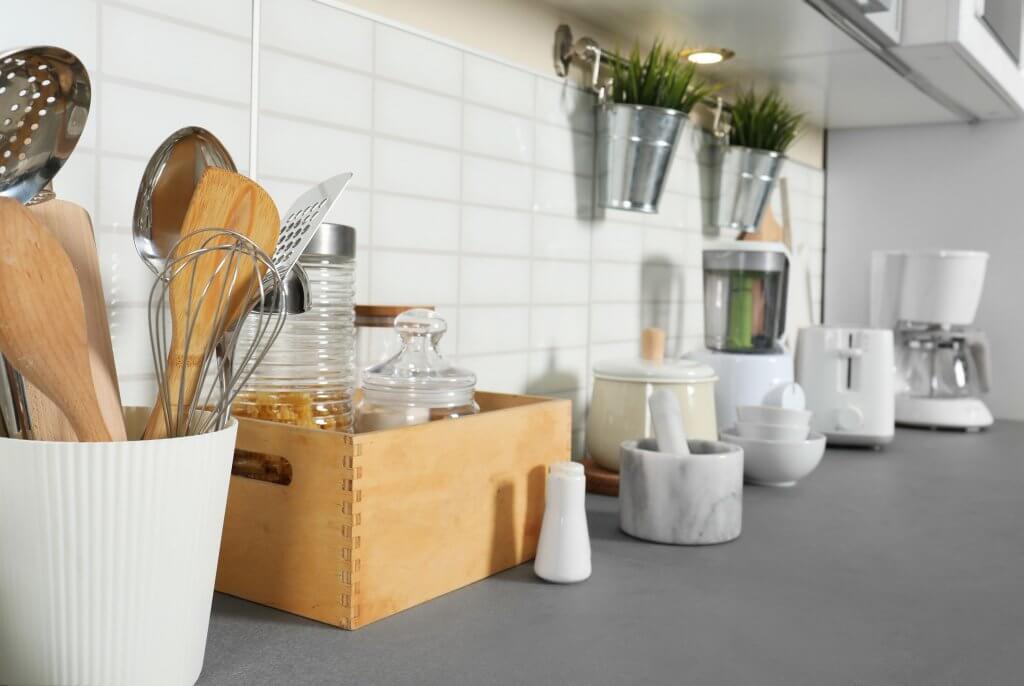
4. Gadget-y Kitchen Tools
Think avocado slicers, corn strippers, or banana holders . These single-use kitchen tools are marketed as time-savers but usually take up space and end up in donation piles or trash bins when they’re found to be unnecessary.
Extra kitchen items take up space, can jam drawers, and make it more difficult to find the thing you do need and use.
Better alternative: Focus on keeping versatile tools—a good knife, a quality cutting board, and sturdy measuring cups. And resist the urge to purchase extra tools that aren’t truly needed.
Multi-functional items save space and waste.
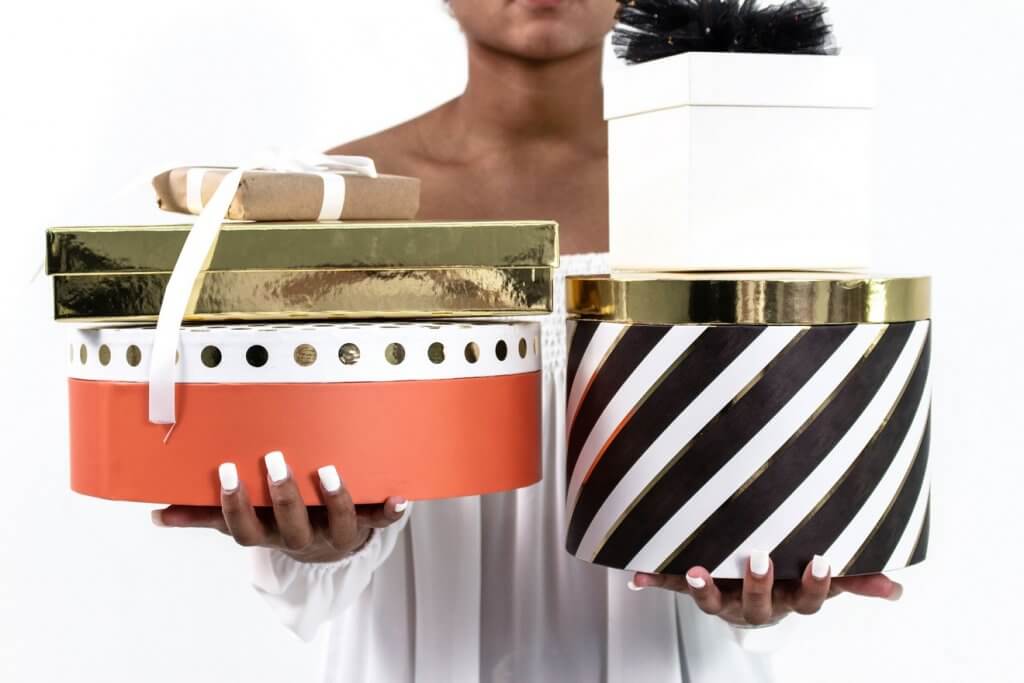
5. Cheap Holiday Gift Sets
Around the holidays, it’s easy to grab a $10 bath set, a hot cocoa mug kit, or a novelty gift box.
But these are often filled with low-quality products, excess plastic packaging, and items the recipient may not actually want or use. Even though they may be cutely packaged, avoid buying them during the holidays.
Better alternative: Give clutter-free gifts like experiences (movie tickets, memberships, classes), homemade treats, or consumables like local honey, candles, or high-quality tea.
Gifts that get used don’t end up in the landfill.
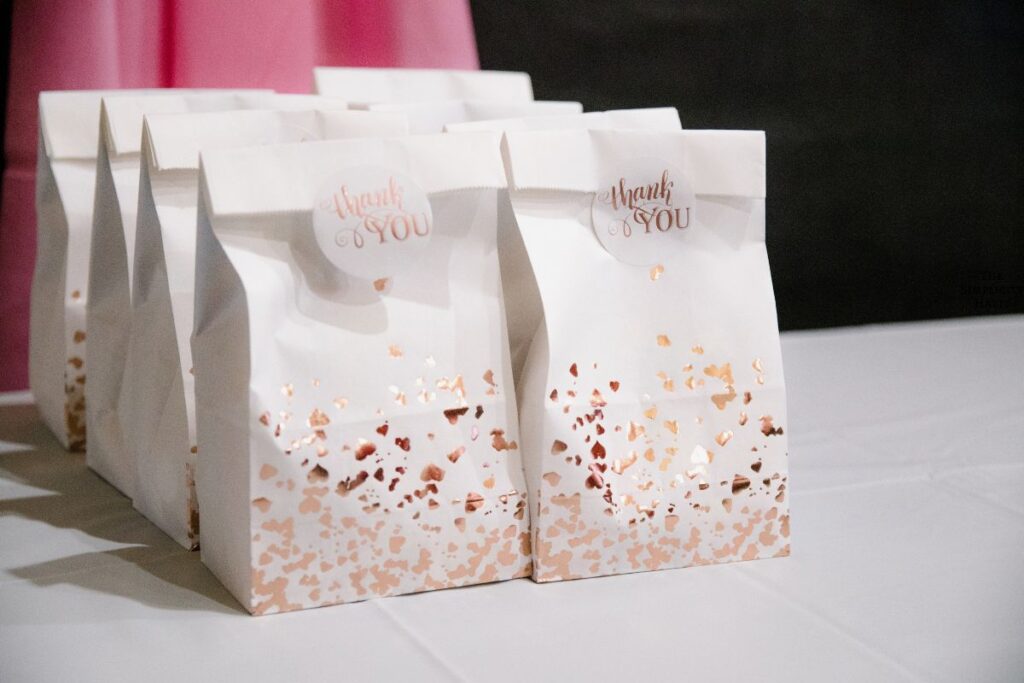
6. Dollar Store Toys and Party Favors
While they may delight kids for a moment, many cheap toys and party favors break quickly or get tossed within days.
They’re made from low-quality plastics that aren’t recyclable and don’t degrade.
Better alternative: Gifting consumables as a party favor is one option or even decide to forego them altogether.
Instead, consider using the money that would have been spent on them to buy canned goods to donate to a local food pantry. This can be a memorable way to involve your kids in giving back to the community.
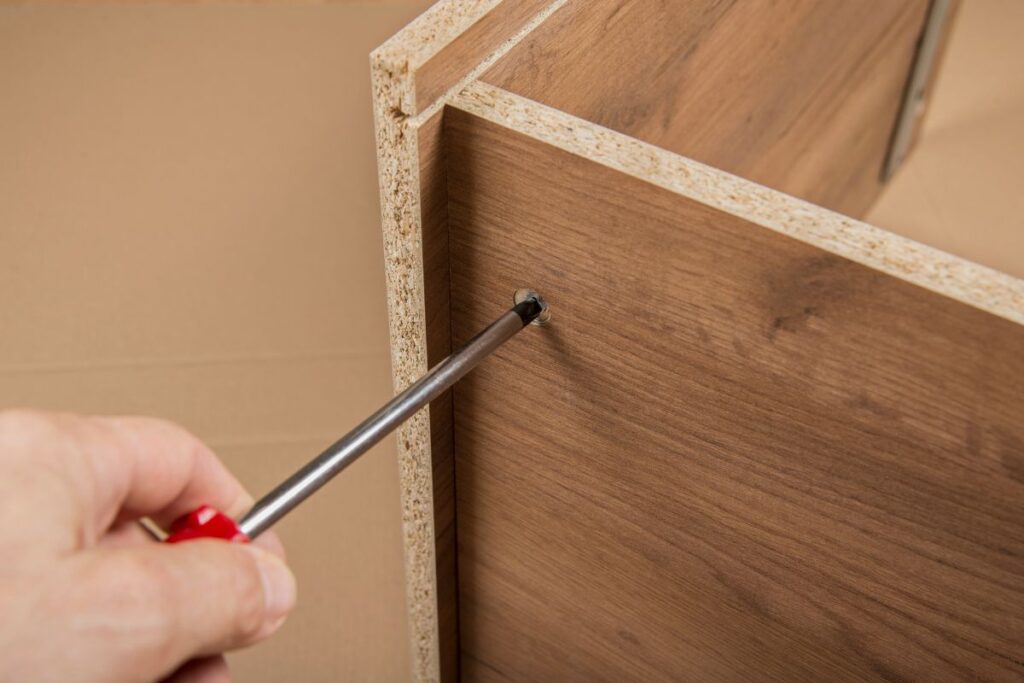
7. Disposable Furniture and Decor
Flat-pack furniture and ultra-cheap home décor (like foam wall art or MDF desks) may look good initially, but they usually aren’t built to last.
They also can’t be repaired easily and often don’t survive moves.
Better alternative: Buy secondhand when you can—thrift stores and online marketplaces are full of solid wood furniture and unique pieces with character.
If buying new, opt for items made with sustainable materials that you can envision using long-term.

8. Freebies and Impulse Buys
Freebies include things like pens from conferences and random swag from events. Impulse buys are the items carefully placed near (or on your way to) the check out counter.
These extra items often don’t serve a purpose and quickly become clutter—or landfill.
Better alternative: Adopt a “pause and evaluate” mindset. Before accepting a freebie or making a small impulse purchase, ask: Do I actually need this? Will it serve a real purpose?
Choosing not to let free or cheap items into your home in the first place is a powerful step toward simpler, more intentional living.
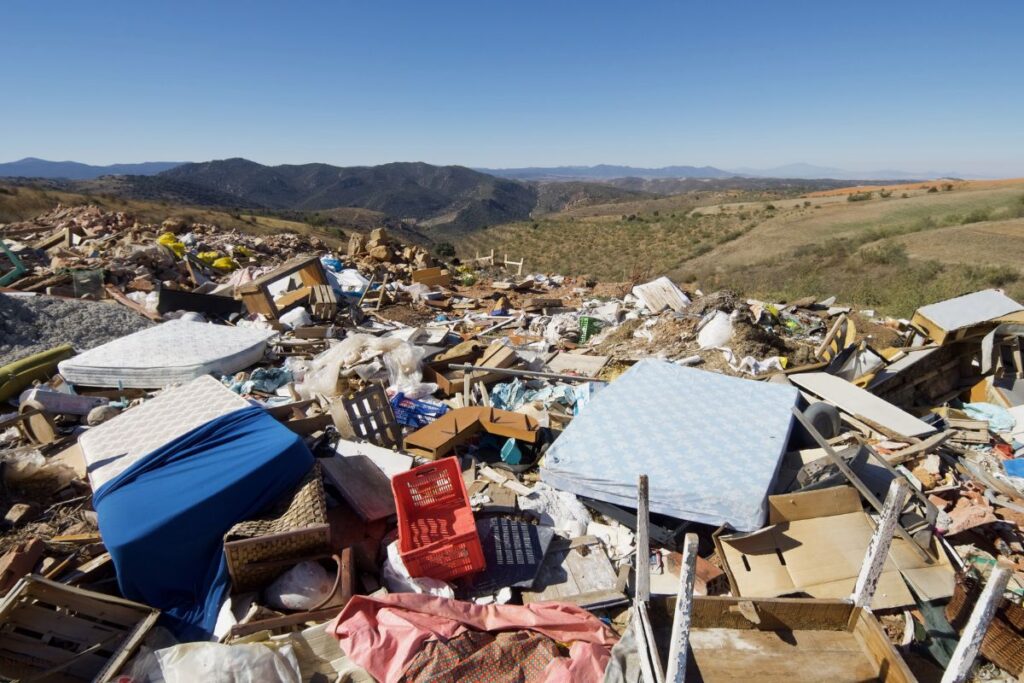
How to Break the Cycle of Landfillcore
Recognizing landfillcore isn’t about guilt—it’s about becoming aware of how consumer culture impacts our homes, our wallets, and our planet.
Here are a few small steps you can take:
1. Pause before buying: Ask yourself if the item is useful, well-made, and something you’ll use or love long-term. Being intentional with shopping will prevent clutter and save you money.
2. Choose quality over quantity: It’s better to have one well-made item than five that break or lose appeal quickly. Choose quality over quantity.
3. Shop secondhand first: Thrift stores, Facebook Marketplace, and Buy Nothing groups are treasure troves for sustainable shopping.
4. Focus on function and longevity: Will it still work or be in style five years from now? If not, consider skipping it.
5. Declutter regularly: When you live with less, you become more mindful of what you allow in. Simplifying changed my shopping habits for the better.
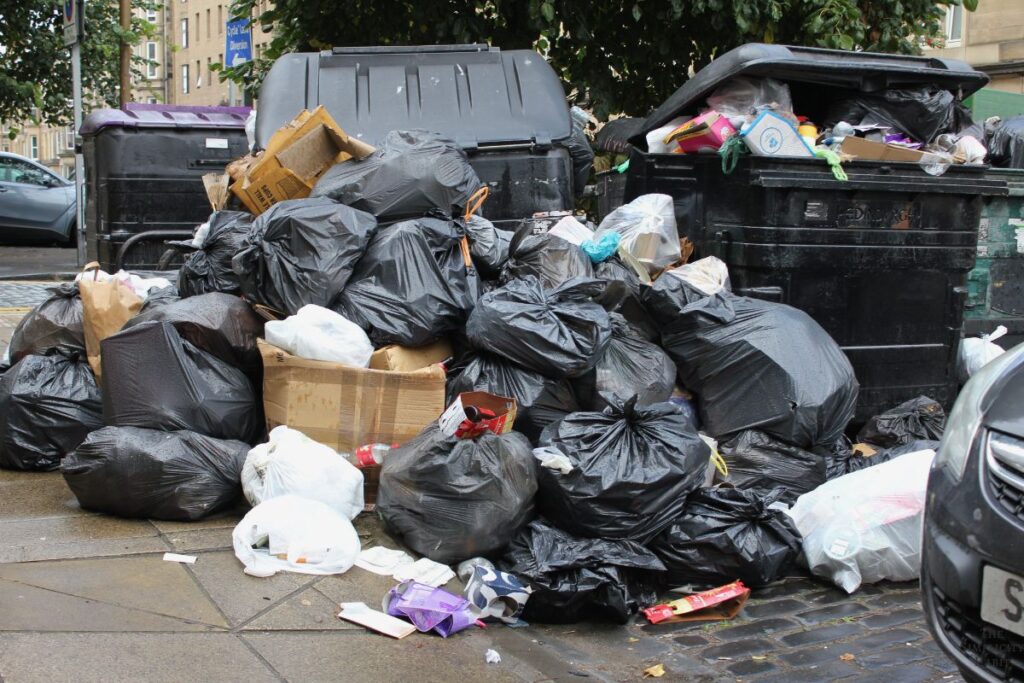
Final Thoughts on Landfillcore
Living simply isn’t about having a bare, empty home. It’s about curating your space intentionally so that everything you own supports your life, not the landfill.
When we begin to see our purchases not just as things, but as choices with environmental and emotional weight it becomes easier to shift from mindless accumulation to mindful living.
Let’s say goodbye to landfillcore and hello to items that add real value, joy, and purpose to our homes. After all, the simplest things are often the ones that last.
You may also enjoy:
What items would you add to the landfillcore list? Let us know in the comments section below.
Sign up on the form below to get weekly decluttering tips and inspiration sent straight to your inbox. You’ll also get the free 5 Areas to Declutter in 10 Minutes Checklist to help you get started decluttering today.

